
Accounts Payable Outsourcing vs. In-House Processing
Accounts payable remains heavily manual, consuming time and resources. Could automation or outsourcing to AP specialists be the better way forward?


Co-founder of Custom Neon
Gallup’s State of the Global Workplace: 2023 Report shows that six in ten employees are quiet quitting. Despite improved engagement, stress in the workplace remains at a record high of 44%, while data on employee wellbeing shows 29% of U.S. employees feel burnt out.
Seeing how many employees are stressed, disengaged, or want to quit their jobs, it’s no surprise that the past year set forth a new trend – rage applying.
While some argue it’s a bad thing, others support it.
But what is rage applying exactly, and how does it affect the workforce?
This Shortlister article explores rage applying beyond the TikTok buzz it created and as an influential workforce trend that concerns both employers and their employees.
Rage applying refers to the impulsive decision to apply to as many jobs as possible while still employed. Usually, it’s a response to work frustration, dissatisfaction, and burnout.
Starting as a TikTok buzzword and generating millions of views, this has become the latest workforce trend that emerged these past few years, tackling mainly Millennials and Gen-Z.
Ever since, this term has caused a divide amongst the population. One side argues it’s a red flag for recruiters and future employers. However, others see it as an opportunity to leave their current employer and find a job with better pay, conditions, and employee treatment.
According to Jess Munday, Custom Neon’s Co-founder, and People & Culture Manager, “The trend of rage applying is intriguing but concerning from an HR standpoint. Although I understand the difficulties that many job seekers feel, especially in considering the uncertainty of the job market these days, rage applying often results in the opposite effect.”
She added, “The emotional turmoil that leads to rage applying is understandable. Job hunting can be incredibly taxing. However, the strategy might not serve job seekers well in the long run. It’s always better to lean into quality over quantity. Taking that extra step to personalize your application and understand a company’s core values can significantly increase your chances of securing that desired role.”
Since both arguments hold value, the stir it created on social media and in the workplace has placed rage applying as the latest rising trend after the Great Resignation, productivity paranoia, and quiet quitting.
While there is a possibility, like with other TikTok trends, for this to be short-lived, its underlying causes, effects, and long-term consequences should not be underestimated.

Burnout is, unfortunately, a pressing matter in the workplace, with one study indicating that 77% of workers have experienced it at least once.
A recent Deloitte survey reveals that most Gen-Z and Millennials have unmet employer expectations. Moreover, they face persistent stress and burnout, struggling to disconnect from work.
Although these two generations have somewhat distinctive workplace expectations, both value work-life balance, employee recognition, and financial stability. With an apparent lack of this, especially if we consider the post-pandemic inflation, high cost of living, and the uncertainty this has brought them, employees are looking for a way out.
While being unsatisfied with a current job and looking for a new one is nothing new, technology has drastically automated this process.
So, the rising trend that rage applying has become is merely that – a “modernized” response to toxic employers. Reasons can include poor working conditions, low salaries, passive-aggressive emails that rarely “find you well,” and inconsiderate managers, to name a few.
After a few TikTok videos under the hashtag “rage apply” went viral, this term caught the attention of the platform’s users. It generated millions of views, reaching media outlets, employers, and recruiters.
To better understand this trend, its functionality, and its pros and cons, it’s essential to delve deeper into the driving factors and the potential outcomes of this response to workplace dissatisfaction.
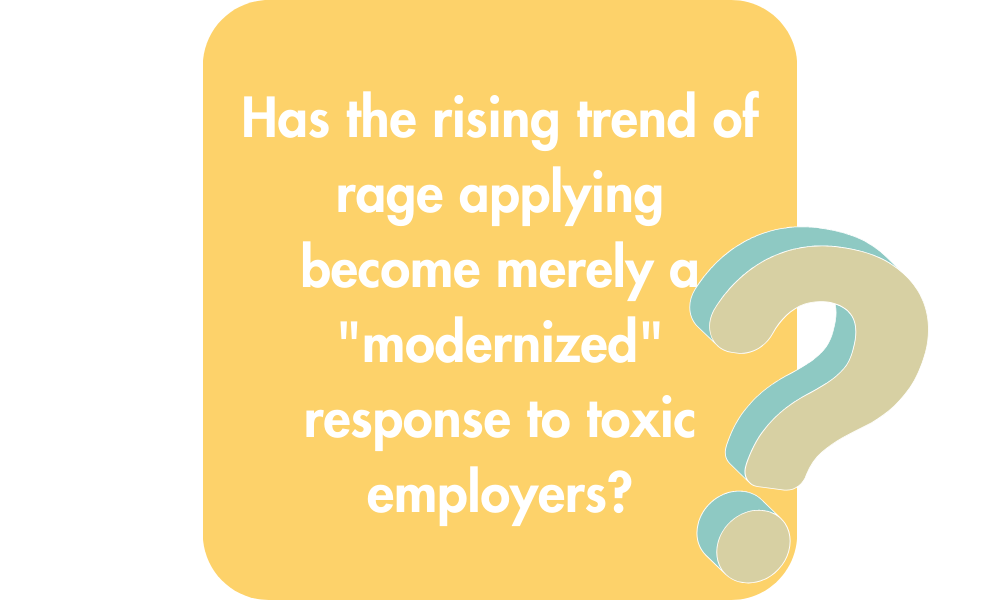
The motivation to rage-apply for new jobs derives from many factors.
While the decision itself can be rash, it often comes as a culmination of underlying problems and discontentment in the workplace. For some, it can be micromanagement, favoritism, and lack of recognition and advancement opportunities. In contrast, others may find navigating the workload or maintaining a healthy work-life balance more difficult.
Another great motivator behind rage applying is money.
Pew Research Center released a report in 2022 confirming the long-perceived notion that switching jobs pays off. During the second year of the COVID-19 pandemic, around half of employees who started a new job got a pay increase of 9.7% or more. Those who stayed with their employer experienced a loss of 1.7%.
For many, work culture is also a factor in job retention.
Glassdoor survey shows that 77% of workers would consider this before working for a company, while more than half prefer it to salary when it comes to job satisfaction.
Overall, toxic work environments with poor company culture and employee treatment drive resignations. So, rage applying seems like the logical solution. However, there are concerns about its effect on employees and employers, so it’s essential to look at both sides of this trend before deciding if it works.
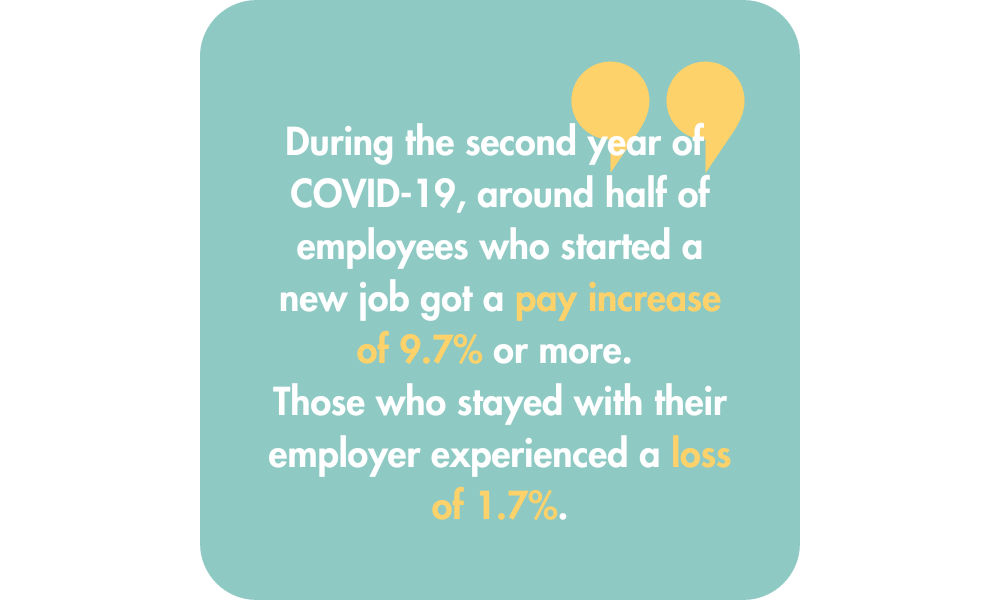
While it can offer potential benefits, such as expanding the candidate pool for employers and providing job seekers with more opportunities, the trend to rage apply for jobs out of frustration or dissatisfaction also comes with inherent drawbacks.
To gain better insight, let’s explore the advantages and disadvantages of rage applying, highlighting its influence on job seekers and employers and its unique challenges.
Despite its impulsive background, this trend can empower workers to explore, practice, and improve their career prospects.
This active exploration phase allows workers to assess a wide range of job options they might otherwise overlook. It gives them an advantage that can lead to positive outcomes, including new job opportunities, better interview skills, and a well-maintained resume that keeps workers competitive in the job market.
Moreover, to rage apply can be encouraging, as it provides a sense of empowerment and control over one’s career trajectory. However, it’s still an impulsive decision with drawbacks, so it’s essential to consider all aspects of this trend.
Considerations Before Rage Applying:
Millennials are already considered job hoppers, which can be a red flag to some employers since it shows a lack of loyalty and stability. Their turnover alone costs the U.S. economy $30.5 billion annually. Following in their footsteps, research indicates that Gen-Z workers are most likely to offer multiple reasons for seeking a new job.
CNCB’s article on the topic explores how hiring managers perceive job hopping. Experts say it might be “more acceptable than ever,” especially with toxic employers. However, they agree that changing jobs under a year of tenure is still too quick, and some companies may not overlook it.
Moreover, the quality of the new job also plays a significant role.
Since this is usually an emotional response and is done without prior research or a strategy, workers might end up landing a role that’s even worse than the one they have.
Finally, an increased number of job applications would potentially bring more rejections. During an already emotional time, this can impact the person’s mental health and self-esteem, as some applicants might perceive rejections as a personal failure.
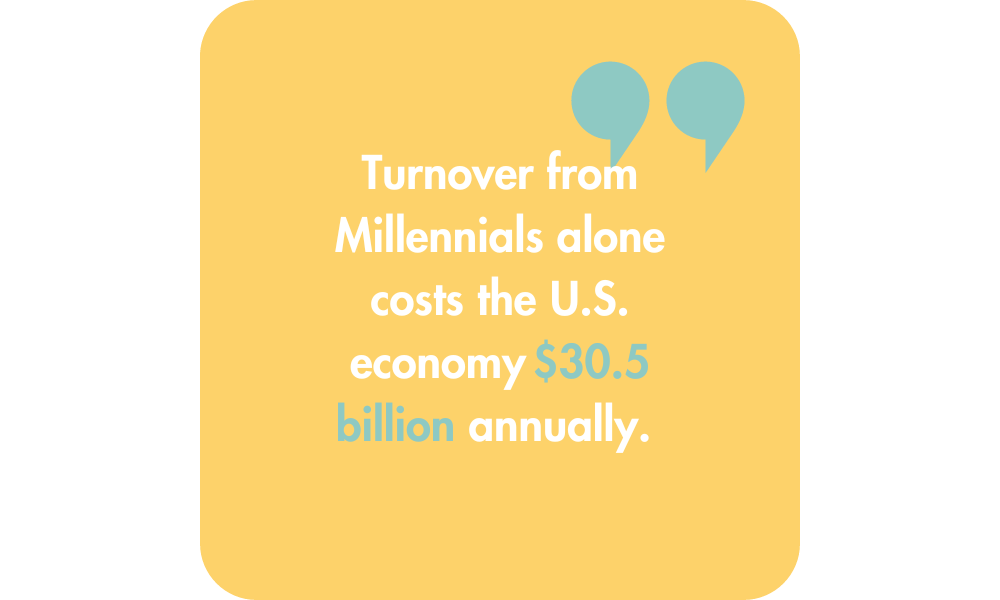
For employers, the pros and cons depend on which side of this trend they are on.
While no job is ever “perfect,” companies that continually invest in their employees shouldn’t fear losing top talent. For them, this trend can be an opportunity to attract and recruit new qualified employees looking for better opportunities.
As a large applicant pool can increase the chances of finding quality candidates, it also comes with a risk of hiring uncommitted employees. Solutions like Applicant Tracking Systems (ATS) can assist HR professionals and recruiters in mitigating this risk by efficiently screening candidates and tracking their progress. However, companies should also have effective engagement and communication strategies to increase the odds of landing a good candidate.
Current employers, on the other hand, face more severe implications.
For one, the worker’s decision to rage apply would bring higher, unwanted turnover, which can be costly and disruptive to the company. Statistics show that replacing an employee can cost the business between one-half and two times the employee’s salary.
Moreover, rage applying can negatively impact workplace morale since it signals underlying issues within the organization, such as poor management or a toxic work environment, which can further erode employee satisfaction and productivity.



It’s still too soon to determine how effective this trend is. But, by applying to more jobs, one would also expect a higher success rate.
Moreover, the reason why rage applying blew up on TikTok was precisely because of its alleged efficacy. However, as with every social media trend, this must be taken with a grain of salt.
As with a regular job hunt, landing one depends on many factors, like qualifications, tailored resumes, interview performance, and persistence.
Consequently, the final verdict is that rage applying might work for some, but not everyone. While casting a wide net can increase hiring chances, employees must balance quantity with quality and secure a position that aligns with their career goals and expectations.
Finally, many say that rage applying is the new quiet quitting.
The truth is that these two trends are correlated since the cause and motivation behind them are usually the same – employee dissatisfaction.
Yet, their consequences can be massive.
The State of the Global Workplace report indicates that between this and the overall workforce disengagement, the cost implications to the global economy reach up to 8.8 trillion dollars.
To avoid further repercussions, employers should take proactive measures to create a more satisfied and engaged workforce.
Reflecting on a survey by Achievers Workforce Institute that reveals 61% of workers contemplate leaving their jobs, the Society for Human Resource Management urges leaders to reflect on three things:
In the age of rage applying and quiet quitting, it’s essential to understand that the workforce is looking for improved conditions and treatment. While rage applying can be effective for employees and employers, its drawbacks should serve as a reminder to create better workplaces in the long run.
Disclosure: Some of the products featured in this blog post may come from our partners who compensate us. This might influence the selection of products we feature and their placement and presentation on the page. However, it does not impact our evaluations; our opinions are our own. The information provided in this post is for general informational purposes only.
Content Writer at Shortlister
Browse our curated list of vendors to find the best solution for your needs.
Subscribe to our newsletter for the latest trends, expert tips, and workplace insights!

Accounts payable remains heavily manual, consuming time and resources. Could automation or outsourcing to AP specialists be the better way forward?
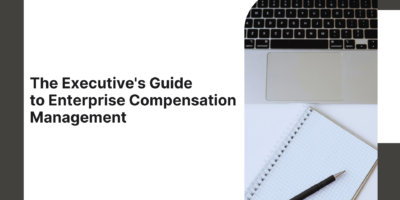
As companies grapple with balancing fair pay and cost control, strategic compensation management becomes the missing link that aligns employee expectations with business realities.
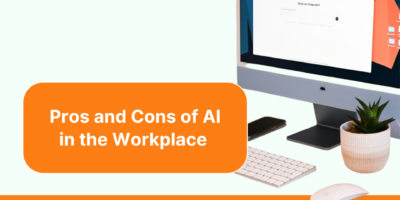
As machines take on more at work, the question isn’t how fast AI can go, but whether we’re ready for where it’s taking us.
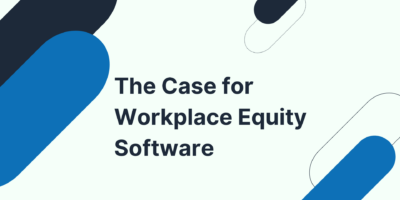
“What gets measured gets managed” is a familiar business principle. When it comes to pay equity, however, most companies still fall short.
Used by most of the top employee benefits consultants in the US, Shortlister is where you can find, research and select HR and benefits vendors for your clients.
Shortlister helps you reach your ideal prospects. Claim your free account to control your message and receive employer, consultant and health plan leads.